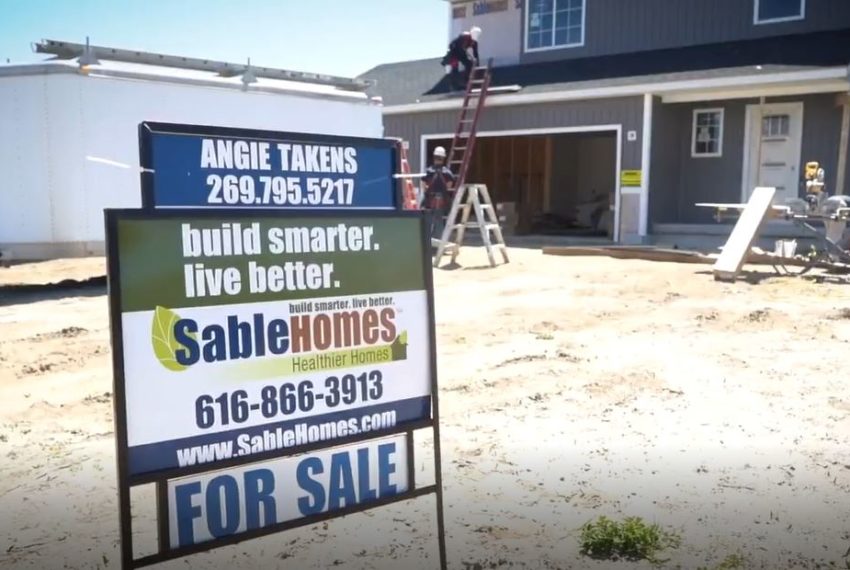
West Michigan’s Post COVID-19 Housing Market Changes, Millennials Top Buyers
In the wake of COVID-19,newly-released data shows an increase in new single-family homes, suburban development and millennial home buyers in West Michigan – a sign that the local economy is on the rebound.
Data from the U.S. Department of Housing and Urban Development and the U.S. Census Bureau shows nationwide sales of newly built, single-family homes rose 0.6 percent in April, according to the National Association of Home Builders. More positive signs for West Michigan’s housing market: Improvenet.com earlier this week cited Grand Rapids as the second-highest market for millennials, and today, USA Today reported a growing number of new homes sales are happening in less crowded communities.
John Bitely, president of Rockford-based Sable Homes, West Michigan region’s third largest home builder, said internal data closely tracking the local home purchasing market is in line with these national and demographic home-buying trends.
“Throughout the past couple years, we’ve seen a continuing trend among new home buyers who want to build homes in areas outside the city of Grand Rapids,” he said. “Communities like Sparta, Byron Center, Newaygo, Caledonia and Cedar Springs are becoming the new hot spots for young home buyers. As we look ahead to the future, I think we’re going to see that continue.”
A survey by the National Association of Realtors found that 5 percent of members said the coronavirus pandemic was causing their clients to shift their sights away from cities to the suburbs, USA Today reported.
Sable Homes’ Country Meadows neighborhood in Sparta and developer North Ritchie LLC’s phase one of the new Genevieve Plat in Sand Lake, which Sable Homes will be the builder, are prime examples.
“We’ve had a great response from potential home buyers as they look for affordable housing in suburban neighborhoods, like Country Meadows in Sparta and the Genevieve Plat in Sand Lake,” Bitely said. “As more and more people continue to work out of their home, there is going to be a greater interest to live in suburban and rural areas.”
Karin Kay, sales manager at Sable Homes, said they are seeing another home buying trend: An increase in millennial home buyers.
Improvenet.com, an online resource for homeowners, cited metro Grand Rapids as the second-highest market for millennials with 19.5 percent of homes owned by those between the millennial age group (26-40 years old). Clarksville, Tennessee, led the pack with 23 percent of millennial home owners, while Sioux Falls, South Dakota, trailed behind Grand Rapids with 18.2 percent.
“Even as COVID-19 hit West Michigan, several of our 42 home purchases were by millennials,” Kay said. “There is a new housing demand throughout the country for young home buyers and we are definitely seeing that here in West Michigan.”
Additionally, Grand Rapids was found to be the seventh city having the most single millennial homeowners with 3.8 percent. Larger metropolitan cities like Atlanta, Washington D.C., and Boston were the top areas for single millennial home buyers. On average, this demographic group makes up about 2 percent of homeowners nationwide, according to Improvenet.
